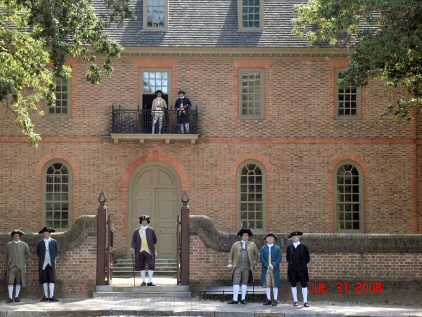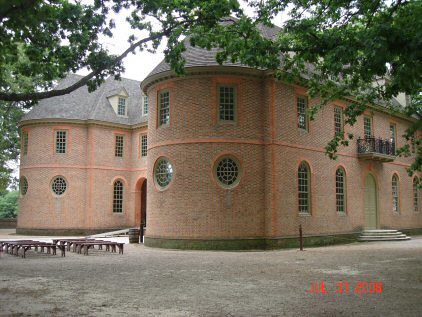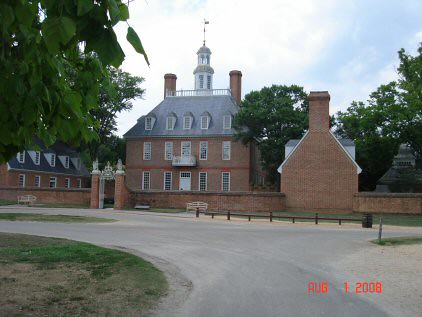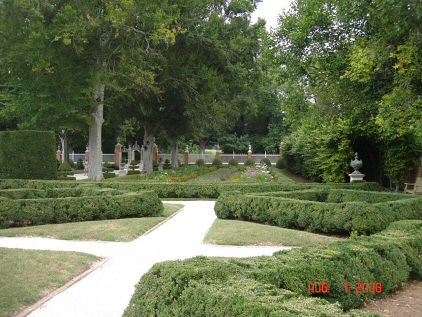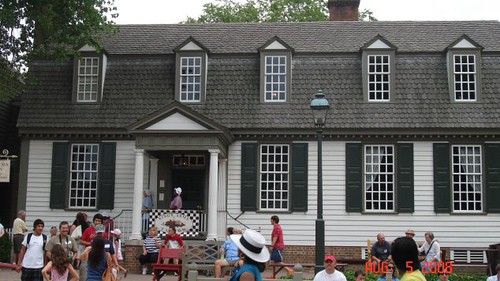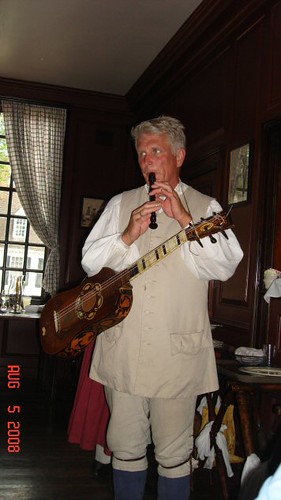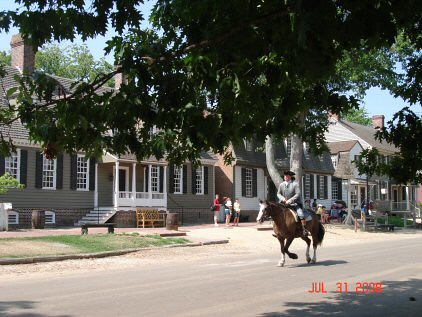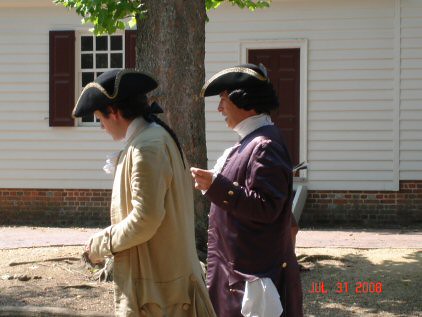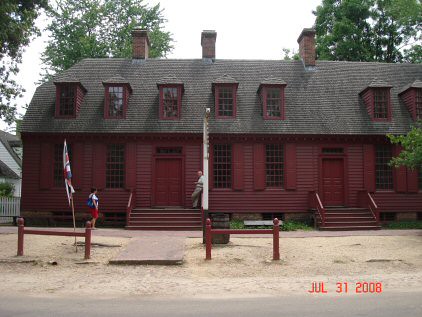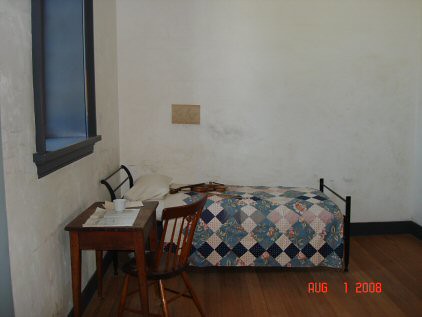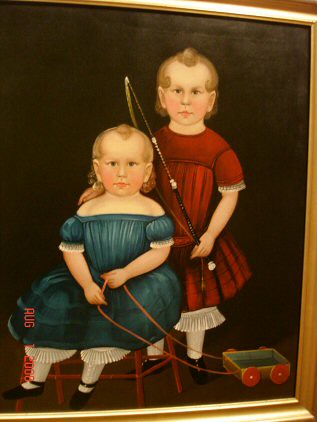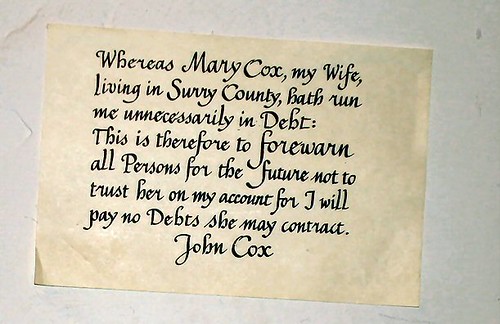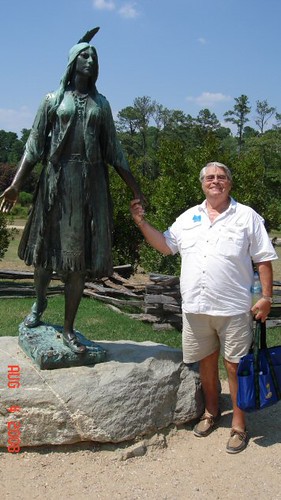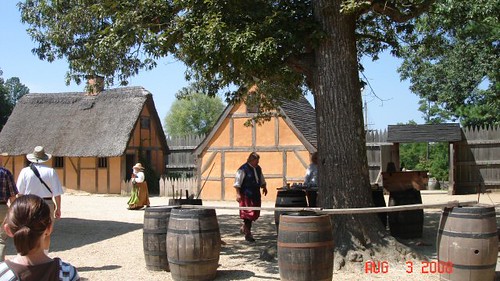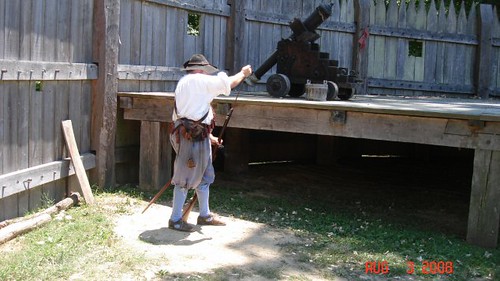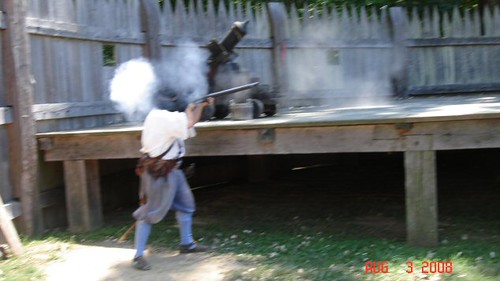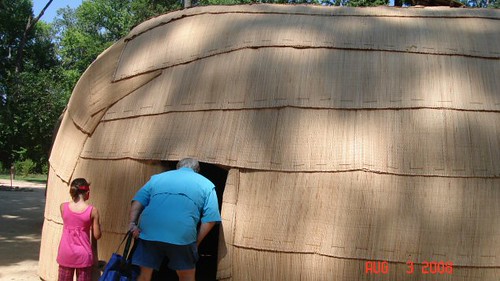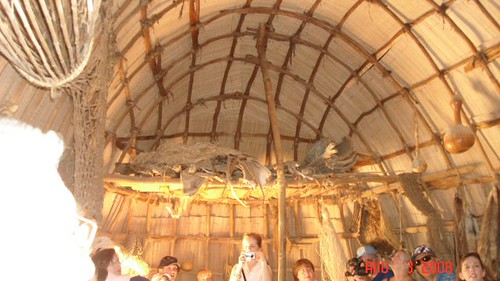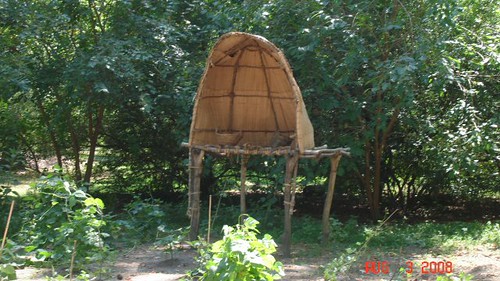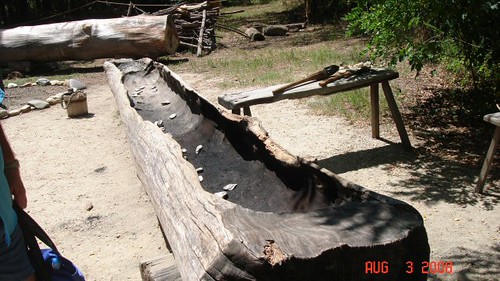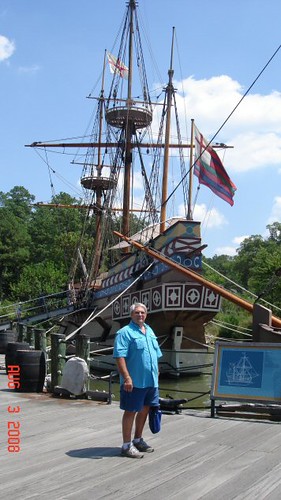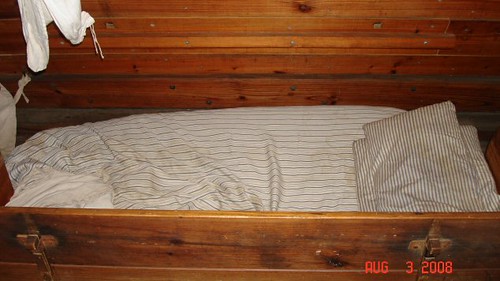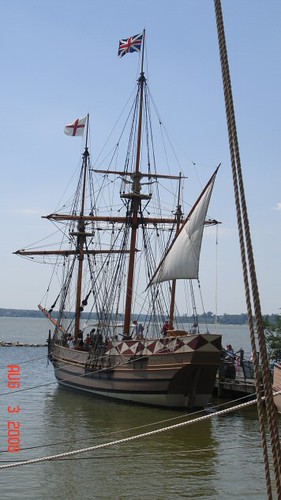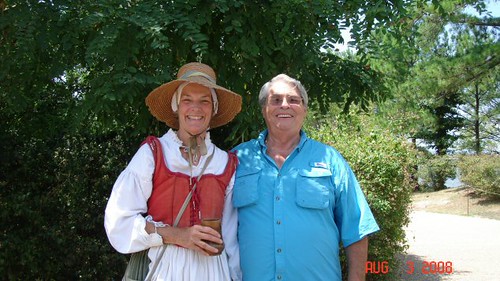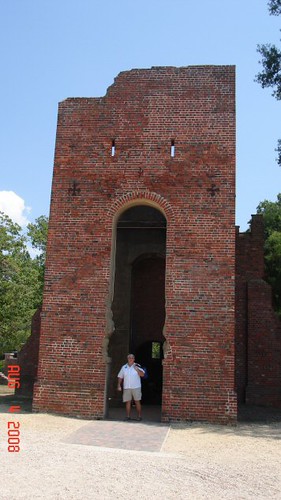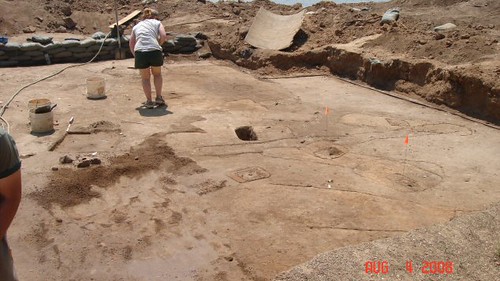We had a great time in Charleston, we’d been wanting to go for a while now, I was interested in seeing the gorgeous, big, old houses, but I had no idea how fun Charleston was. It is full of history, the food is delicious, and as they say in the South, the past is still present.
We started our visit of Charleston by taking a bus tour, in order to find out what there was to see and what Charleston was all about. Unfortunately, our guide, who was very knowledgeable, spoke so fast, that we could not understand what he was saying. We did asked him to slow down, but he replied that he had to fit 400 years of history into a 90 minute tour. So he did, but we managed to understand about a quarter of what he said.
We then took a cruise, to see the town from the water, that was very enjoyable. From the boat we could see the Charleston’s skyline, the gorgeous houses that were near the water, and also Fort Sumter, where the first battle of the Civil war took place.

While we were on the tour bus, Doug spotted the only knit shop in Charleston 🙂
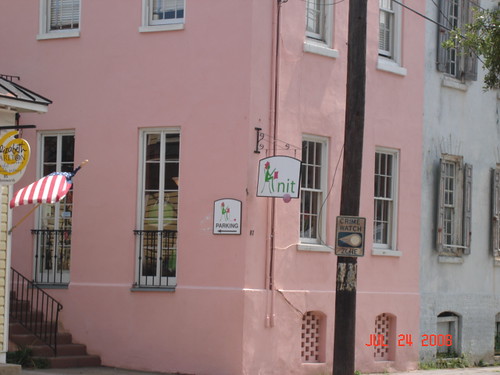
Now he can’t blame me for that one, because he is the one who pointed it to me. After we got out of the bus, we walked back to the knit shop, appropriately names “Knit”. While Doug was browsing the Charleston Dining guide, I had a very enjoyable time in this 3 room shop full of gorgeous yarns, books, patterns and tools.
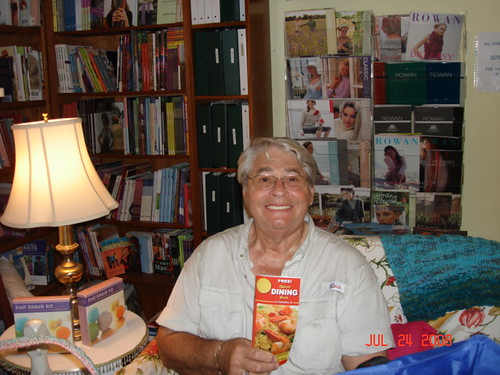
After Doug had suffered in the knitting shop for a few hours, we made our way to Vickery’s grill , a restaurant recommended by the knit shop owner. They serve Cajun food. Bear ordered a plate of Lowcountry boil (a mixture of different critters like shrimp, crawfish etc etc) served on a bed of creamy grits.
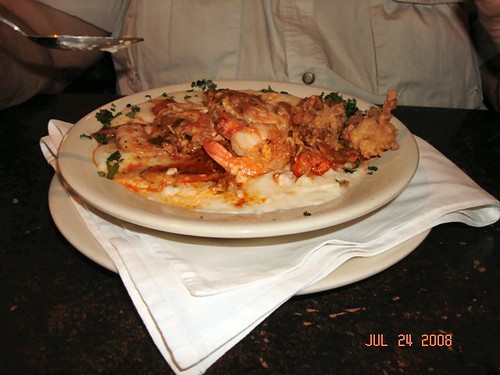
Charleston is also a good place to eat She-Crab soup, a soup made with female crabs and their roe (very good).
On our way back home that evening, we stopped by the Mercedes dealership and test-drove a Smart Passion 🙂 I totally fell in love with this tiny cabriolet full of clever features, like a back-up camera, fully retractable roof. And yes, it does have some trunk space and it is towable 4 down. How cute it would be behind the motorhome, like a little bunny tail! It only weighs 1700 lbs and averages 50mpg and it’s a pusher! like in the motornome, the motor is in the back! LOL LOL

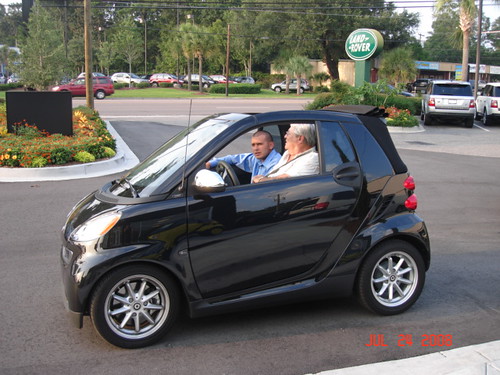
The next day we decided to walk and go take pictures of things we had spotted the day before on the bus tour. There is a shuttle service in Charleston, it costs $9.00 for 3 consecutive days, it is very uncomfortable but worth it, you can step on and off as you wish, there are bus stops all around the historic district.
The historic society for the protection of Charleston is very powerful, the firefighters in this fire station have been asking for years to modify the doors so they can fit regular size fire engine trucks in the fire station, but they have been denied every time, so they have to make do with small size fire trucks 🙂
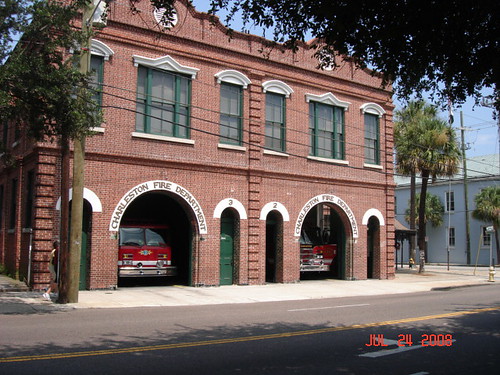
On our way to the town’s market, Doug and his new favorite girlfriend spent some time eating candied pecans and chatting, they do say that the way to a man’s heart is through his stomach, the proof in in the pudding, or at least in the pecan! LOL LOL LOL
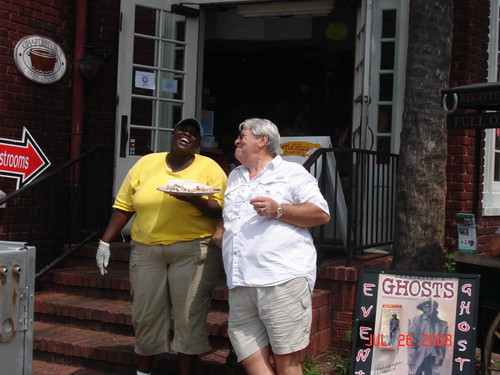
At the corner of the candy shop, we spotted this “work of art”, a telephone pole covered with chewed gum!

The City market
We visited the market where artisans from the area offer the fruit of their labors for sale. We found a lot of Sweetgrass baskets.

These baskets are a historically significant example of African cultural heritage that was transported across the Atlantic by enslaved African people. Coiled basketry, one of the oldest African crafts in America, appeared in SC during the late 17th century. Bulrush and palm, mainstays of coiled baketry, are ancient plants that are mentioned in the Bible. They are also prevalent in Africa, and their availability in the Lowcountry proved to be a welcome cultural connection the the homeland. Today, sweetgrass baskets are available for sale on the roadside stands along Highway 17 and at the City Market. You can observe artisans while they are making the baskets and ask questions, and, of course, make a friend, like we did with Mary Alice, who, while she was making a basket, explained to Doug, the secrets of making creamy grits. Here she is, posing with me and our brand new sweetgrass basket.
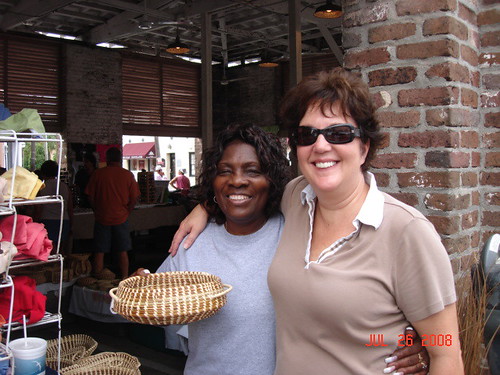
The Old Exchange & Provost Dungeon
From the market we walked down E Bay Street and found the Old Exchange building, constructed between 1778-1781. It is one of the last formal structures built by the British Colonial Government in the American Colonies. It was built for the purpose of public meetings, splendid entertainment and office of the King’s Customs Collector.
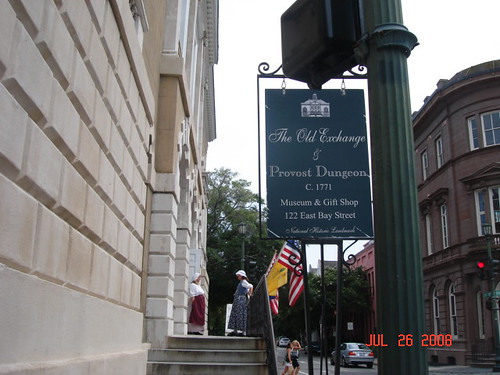
Donwstairs, the Provost Dungeon was used mainly as a warehouse to store goods like rice, indigo, cotton and other staples of the colony waiting to be shipped or delivered.
After a siege of 42 days, on May 12th, 1780, Charles Towne fell to the British. With a large number of prominent patriots in the city, the British were concerned about an uprising of the “rebels”. They arrested many of Charles Towne’s prominent citizens who were seized from their homes and brought to the dark cellar. The Provost, earned the name “dungeon” and was used as such for two years until the British fled the city in 1782. The living conditions were horrible and many perished from diseases. While evacuating, they took with them the Bells of St. Micheal’s, 500 rice barrels filled with silver, 3, 000 loyalists and 5, 000 slaves.
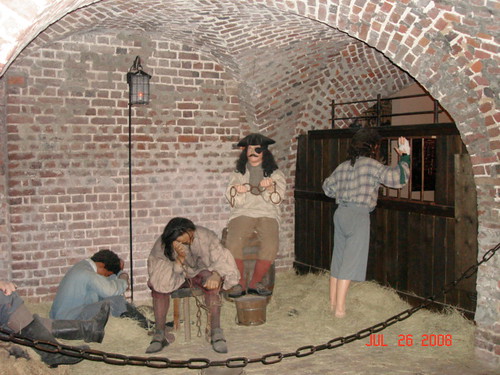
The second floor of the building is where in 1788, delegates from around the state ratified the United States Constitution, becoming the eighth state to do so. It is also where, to celebrate the new country, Charleston entertained President George Washington with an elaborate ball in May of 1791.

In this pictures, I think the ghosts in this room are playing a trick on Doug’s shoes!
The pirate connection
Blackbeard, one of the most feared pirate in history. His name was Edward Teach, but he earned his nickname because of his long black beard. Prior to battle, Teach would braid his beard, dip the ends in wax, and would light the ends on fire, creating a shroud of smoke around his head. It was so terrifying to the people of the time, that many believed he was the incarnation of the devil, often causing the opposing crews to surrender their vessel without a fight.
Amongst his exploits, was the blockading of Charles Towne Harbor in May 1718, where he and Stede Bonnet held the whole city ransom for desperately needed medical supplies.
The following winter, his career came to an end, when on January 3rd, 1719, Lt. Robert Maynard and his crew engaged the Queen Anne’s Revenge (Blackbeard’s ship) and defeated the pirates. Legend has it, that after they cut his head, his body was thrown overboard and it is said to have swam 3 times around Maynard’s vessel before sinking into the sea!
The architecture
One of the main reason I wanted to visit Charleston was for the architecture. Charleston, before the Civil War, used to be a very rich city. The average income in today’s dollars would be about $350, 000. (Of course, we do not count the slaves in this average). These rich families were able to hire the finest architects and skilled labor to build their homes. The spared no expense. For example, one family built a 14, 000 sqft home, because they had 14 children and figured they needed 1, 000 sqft of space per child. The houses often have a narrow facade, but are very deep. One of the reason is that they were taxed according to how much of the house was facing the street, the other reason is that they were oriented to catch the breeze.
On many on the houses, we noticed what they call “earth quake bolts”. Charleston was victim of a violent earthquake and the houses had to be repaired. One of the ways they found to do this, was to insert a long metal rod in the space between floors, and with the help of a turn buckle, they realigned the walls. This reinforcement is the reason why so many pre-civil war houses are still in existence today in Charleston.
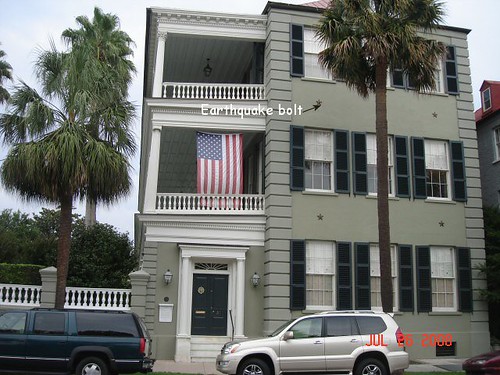
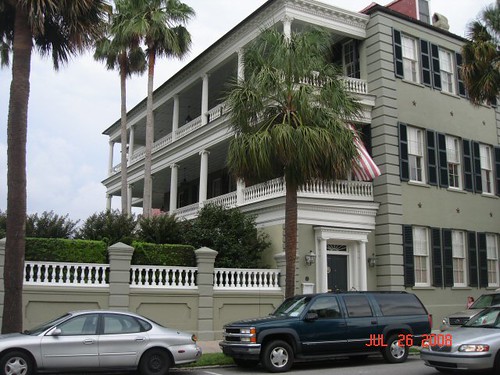
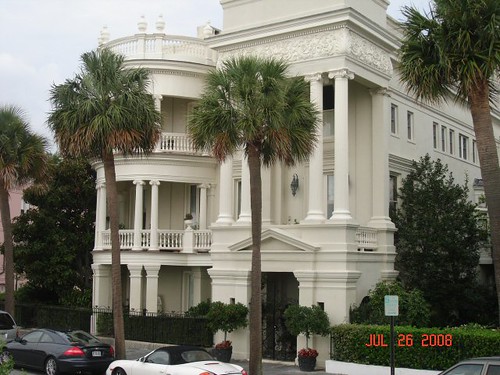
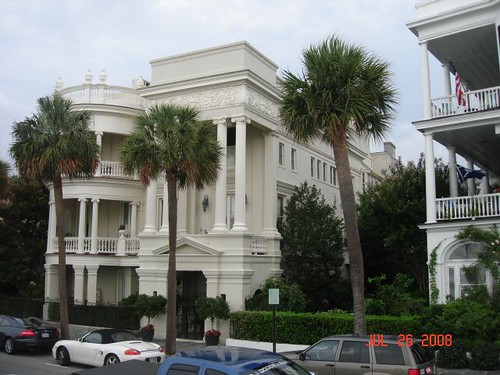
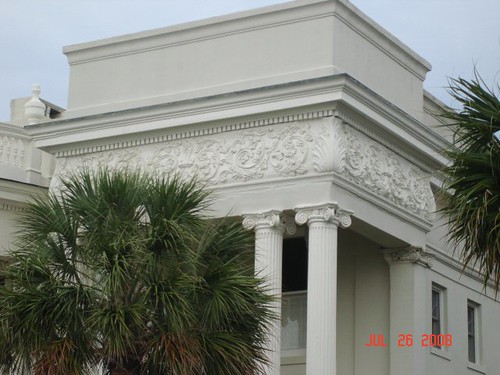
The Boone Hall Plantation
Doug thinks it is a conspiracy. He thinks that I purposely choose places to go where he will have to drive over a big bridge. I swear I don’t do it on purpose! Anyway, in order to go to the town of Mt Plaisant, we had to cross this bridge.
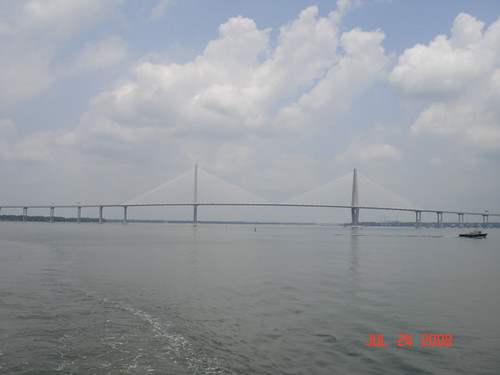
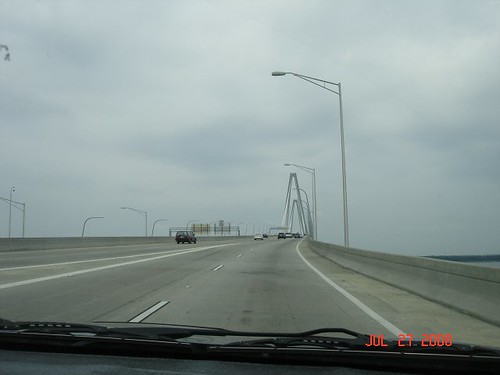
And this is the face he made while driving over the bridge, that my friends, is not a smile, it is a grimace.
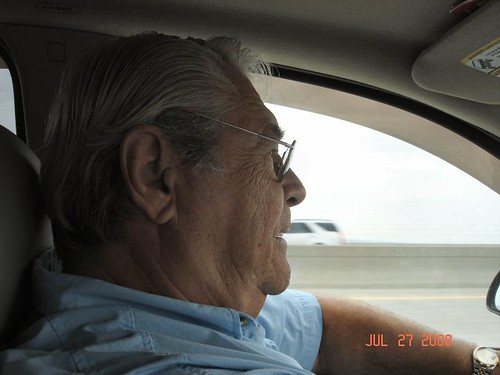
We made it to Boone Hall Plantation, which is still privately owned, the two top floors of the main house are still used as a residence by the owners where they are in the area.
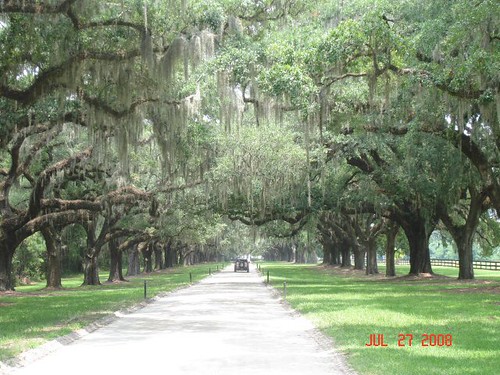
The house was actually built by a Canadian Embassador in 1936, after he bought the property for the price of $55, 000. He and his wife did not think that the old house (which was a regular farm house) was habitable, so they replaced it with what they thought was a suitable plantation house. As the tour guide explained, the first house had burned, the second house had been destroyed by the Yankees, the third house was destroyed by the Canadians and we can now enjoy the 4th house on the property ;).
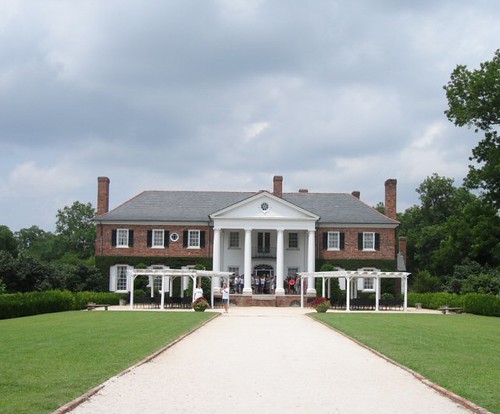
Boone Hall is one of the only plantation where the Slaves house are still standing. Those little brick structures, would each house one family. These were the skilled slaves, and the ones that were serving in the house (the high class slaves). The field slaves resided in wood structures near where they worked, and these didn’t survive.
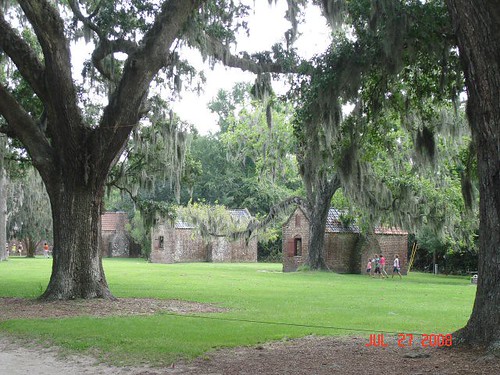

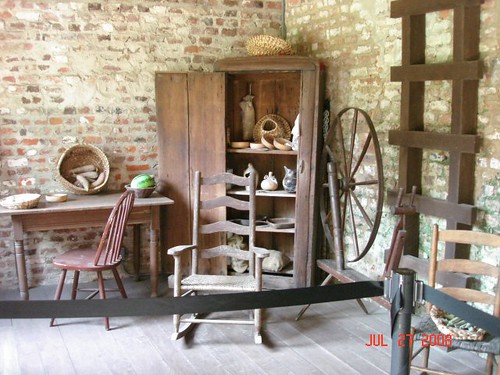
This is a good place to explore the “Gullah” culture. We enjoyed a live presentation on the evolution of this culture in the Lowcountry. The Gullah language is derived from many languages, mainly English, but with bits of Portugese, Spanish, etc. etc. It is spoken extremely fast, with a completely different rythm than English, on top of that, the sound “th” is pronounced either like a hard “d” or hard “t”, so although it is mainly English, it is very hard to understand. The Slaves that were brought here, came from many African countries and spoke hundreds of different dialects, in order to understand each other and communicate, they developed the Gullah language. They also adopted Christianity (which was surprising to me, since that was the religion of their captors, until they explained why). It turns out that they connected with the story of how God freed the Jewish Slaves from Egypt, and the African slaves believed that he would do the same for them if they prayed hard enough.
Last but not least, we ended our visit to Charleston by eating brunch at High Cotton, a wonderful little restaurant on E. Bay street. We ordered Crab Benedictine, (poached eggs staked on a crab cake on top of a slice of fried greed tomato) and covered with a nice hollandaise sauce. Served with either grits or house hashed potatoes. It was absolutely delicious.
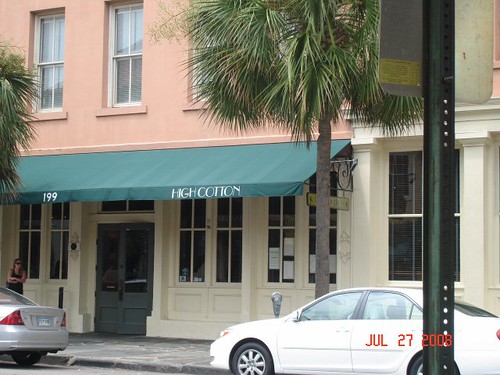
Average Rating: 4.7 out of 5 based on 257 user reviews.
